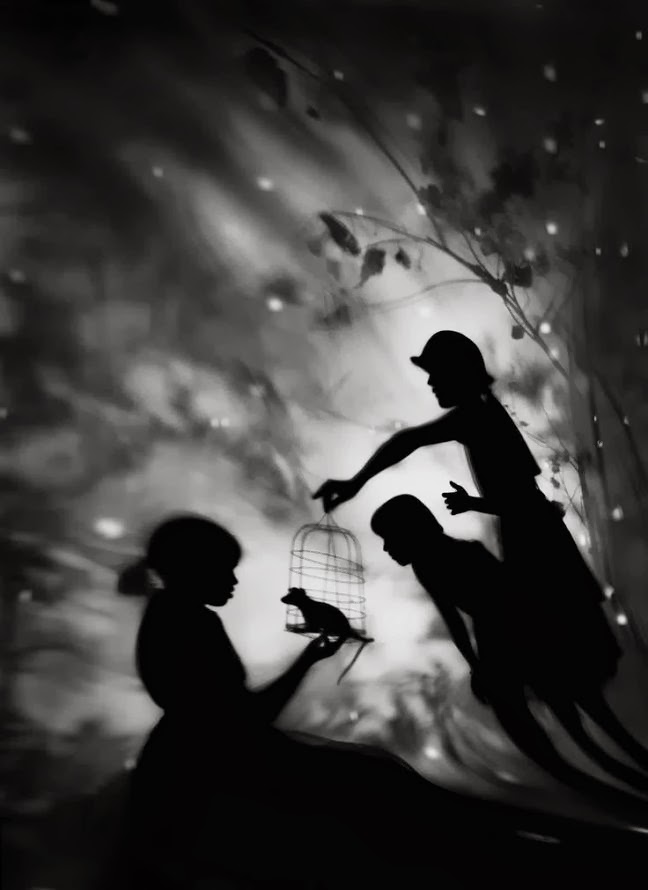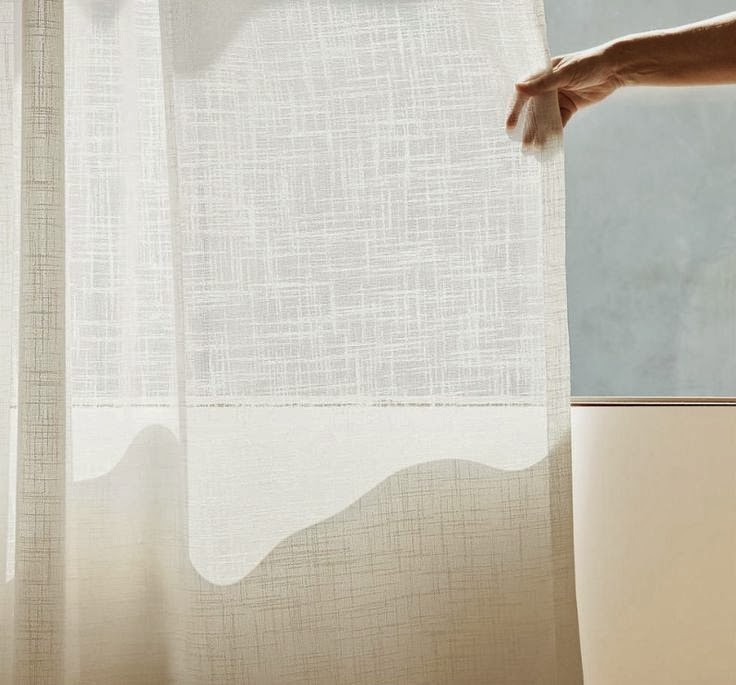These are a few practice shots I took from just around my house, trying to focus on the little details of everyday things and incorporate the styles of Uta Barth and Rinko Kawauchi. I'd like to look into this more, by finding stronger subject matter and and further understanding their individual styles and and how they capture the imagery in their photography.
Sunday, 16 March 2014
Artist models: Keith Carter
I like the strong use of contrast between light and shadow in Keith Carter's photography. Like Uta Barth's, his work also has a dream-like feel to it, created through the use of blurring and focus, and the shadowy black and white quality of the images.
Artist models: Uta Barth
I find Uta Barth's work to be similar to Rinko Kawauchi's, as she also captures everyday things in a simple way. But instead of focusing on small details, she draws the focus away from her subject matter, blurring the photos to give them a dream-like feel.
Artist models: Rinko Kawauchi
To me, Rinko Kawauchi's photos have a sense of nostalgia to them, which is something I'd like to incorporate into my own work. I like the simplicity of her photography, and the way she captures everyday things in a beautiful way, focusing on little details.
Sunday, 2 March 2014
Research: Implied human presence
Implied human presence is the concept within photography of someone leaving their mark on a place or thing and immortalising it to exist as proof of human presence, showing only what was left behind. These types of photographs most commonly capture human presence in nature, as demonstrated by the sculpture-photographers Andy Goldsworthy and Richard Long. Their work is created in a natural environment, using natural elements to create a temporary sculpture, and using photography to capture it while it still exists, but not themselves, only implying that they were there and that they left their mark on the landscape.
Ice arch (1982)
Woven branch circular arch (1986)
Andy Goldsworthy
Andy Goldsworthy is a British sculptor and photographer. He creates sculptures in nature, from nature, using only materials that he finds there, never taking anything with him. He uses only his bare hands or any found tools to create his sculptures, which are made of natural materials like leaves, rocks, snow, twigs and flowers. He thinks of his work as transient, or ephemeral, as they will eventually decay into the nature that they came from. Most of his work is created in Britain, but he has also created sculptures in the North Pole, Japan, the Australian outback and in the US. In regards to the nature of his sculptures, Goldsworthy says:
"I enjoy the freedom of just using my hands and "found" tools--a sharp stone, the quill of a feather, thorns. I take the opportunities each day offers: if it is snowing, I work with snow, at leaf-fall it will be with leaves; a blown-over tree becomes a source of twigs and branches. I stop at a place or pick up a material because I feel that there is something to be discovered. Here is where I can learn. "
A Line in Japan (1979)
Black White Green Pink Purple Circle (1998)
Richard Long
Like Andy Goldsworthy, Richard Long creates temporary sculptures in nature, usually lines or circles, using apsects of nature itself, and he is one of the best-known British land artists. His sculptures come as a result of long, epic walks through Britain, or foreign countries like Canada, Mongolia and Bolivia. While there he takes things from his natural surroundings, most commonly rocks, wood or mud, and creates an unnatural formation, leaving his presence on the land. He also creates similar sculptures for art galleries and museums, applying the same principle of nature to a man-made setting, but instead making sculptures that will survive and be seen by others. Of the different forms of his works, Long says:
"The outdoor and indoor works are complementary, although I would have to say that nature, the landscape, the walking, is at the heart of my work and informs the indoor works. But the art world is usually received 'indoors' and I do have a desire to present real work in public time and space, as opposed to photos, maps and texts, which are by definition 'second hand' works. A sculpture feeds the senses at a place, whereas a photograph or text work (from another place) feeds the imagination. For me, these different forms of my work represent freedom and richness – it's not possible to say 'everything' in one way."
Subscribe to:
Comments (Atom)






















